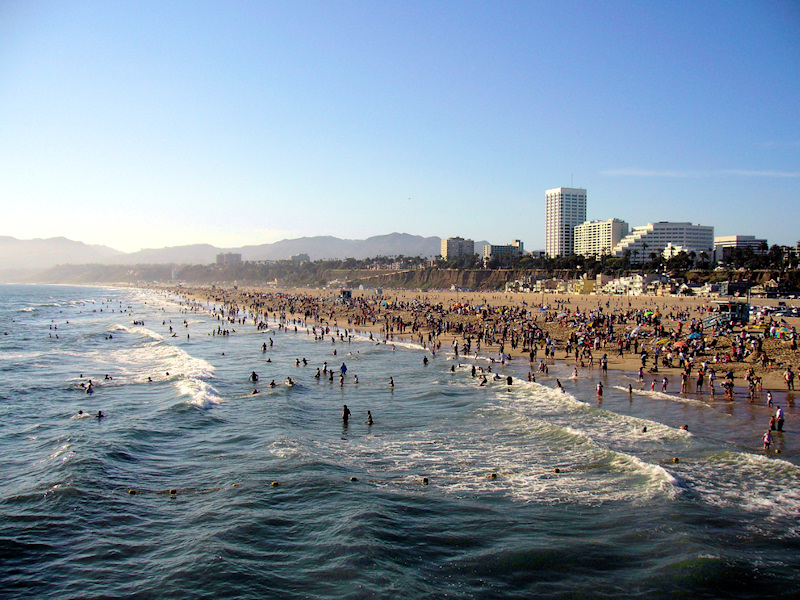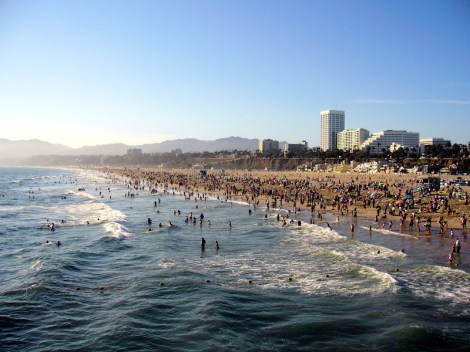Just in time for summer (in Australia), the EPA released new water quality standards for beaches yesterday.
The new guidelines lower the allowable levels of Enterococci and E. coli bacteria — if states choose to participate. From the Los Angeles Times:
The new guidelines, which update standards issued in 1986, may not immediately mean safer beaches and coastal waters. States have the authority to set their own water quality standards.
But federal environmental officials said they hoped the suggested guidance would prompt state leaders to toughen their own oversight of recreational waters where people swim, surf and go boating. California is among the states that may tighten standards. …
The tougher guidelines are expected to keep illnesses down to 32 per 1,000 people, compared with 36 illnesses for the lower standard, the agency said.
So, in short: If states apply the new guidelines, it will potentially reduce illness by about 11 percent. That’s … a little underwhelming? Come on, EPA, Obama won reelection. This is the moment to be bold!
According to the Times, the Natural Resources Defense Council is similarly unimpressed.
“It’s an odd approach,” said Steve Fleischli, the council’s director of water programs.
Fleischli said the two standards could perpetuate inconsistencies between states that adopt the tougher guidelines and those that opt for the more lenient ones.
The NRDC produces an annual report listing the dirtiest beaches in America, which is always a disconcerting read. In its report released this past June, outlining water quality in 2011, the organization found that Delaware and New Hampshire — those oceanside favorites — had the lowest levels of pollution. The most polluted water in 2011 was found in Louisiana — but we’re sure the state will jump at the optional chance to crack down on water pollution.
There is one group that will be pleased about the update: those four people out of 1,000 who don’t become sick because their state chose to allow only a lower level of E. coli at their favorite swimming hole. Yaayyy.





